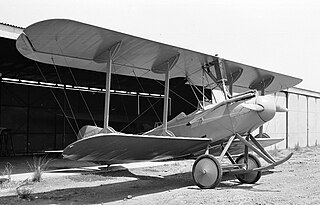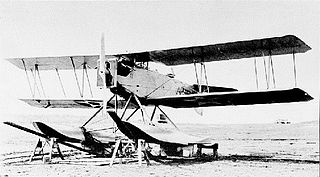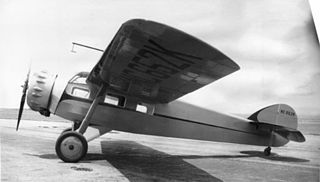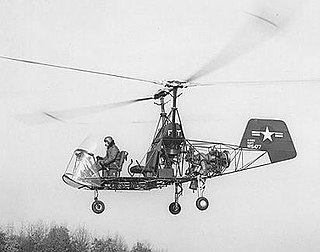| Student Prince | |
|---|---|
 | |
| Role | Sport lightplane |
| National origin | United States of America |
| Manufacturer | Adcox [1] |
| Designer | Basil B Smith [1] |
| First flight | 17 September 1929 [1] |
| Number built | 6 [1] |
The Adcox Student Prince was a two-seat open-cockpit biplane designed by Basil Smith and built by the students of the US Adcox Aviation Trade School in 1929. It was based on the one-off Adcox Special, and the first example flew on 17 September.

A cockpit or flight deck is the area, usually near the front of an aircraft or spacecraft, from which a pilot controls the aircraft.

A biplane is a fixed-wing aircraft with two main wings stacked one above the other. The first powered, controlled aeroplane to fly, the Wright Flyer, used a biplane wing arrangement, as did many aircraft in the early years of aviation. While a biplane wing structure has a structural advantage over a monoplane, it produces more drag than a similar unbraced or cantilever monoplane wing. Improved structural techniques, better materials and the quest for greater speed made the biplane configuration obsolete for most purposes by the late 1930s.
The Adcox Aviation Trade School was established in Portland, Oregon in the 1910s. Aircraft created there as student projects starting in the late 1920s include the Adcox 1-A, Adcox Special, Adcox Student Prince, and Adcox Cloud Buster.
Contents
A single example of a Student Prince X was produced in 1931 powered by a 90 hp ACE engine.
As of 2004, a single example remains registered in the United States, which was successively re-engined with 100 hp Kinner K-5, then 110 hp Warner Scarab Junior, Comet 150hp, 150 hp Wright-Hisso A and 220 hp Continental E-225 in 1963. [1]
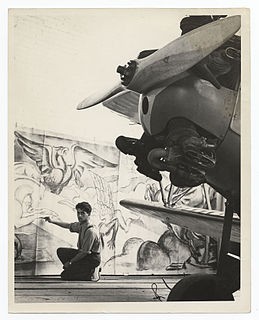
The Kinner K-5 was a popular engine for light general and sport aircraft developed by Winfield B. 'Bert' Kinner. With the boom in civilian aviation after Charles Lindbergh's transatlantic flight the K-5 sold well. The K-5 was a rough running but reliable engine and the K-5 and its derivatives were produced in the thousands, powering many World War II trainer aircraft. The K-5 was followed by the B-5, R-5 and R-55. Military engines were designated R-370
The Warner Scarab Junior was an American, five-cylinder, air-cooled, radial aero engine first produced in 1930. It was a scaled-down derivative of the seven-cylinder Warner Scarab, developing 90 hp (70 kW) against the Scarab's 110 hp (80 kW).
